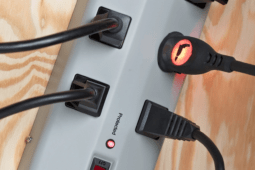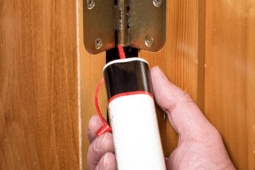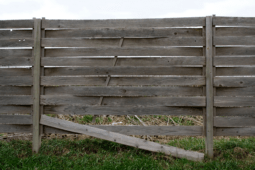The Tools Everyone Should Pack In Their Work Truck
In modern parlance, they’re called “Leatherman,” also known as a utilitarian tool. They are the modern descendants of a design for the Swiss Army dating back to 1891. The Swiss Army Knife is a versatile piece of equipment small enough to carry in a pocket, but the multi-blade knife has evolved into an adjective that describes anyone or anything that can be adapted to wide use. That includes the iconic work truck.
Useful at times, frustrating at others, a utility tool is often the means of last resort in desperate situations, or more often, in a situation where you just don’t want to go back to the shop, house, truck, or (fill in the blank) to get the right tool for the job.
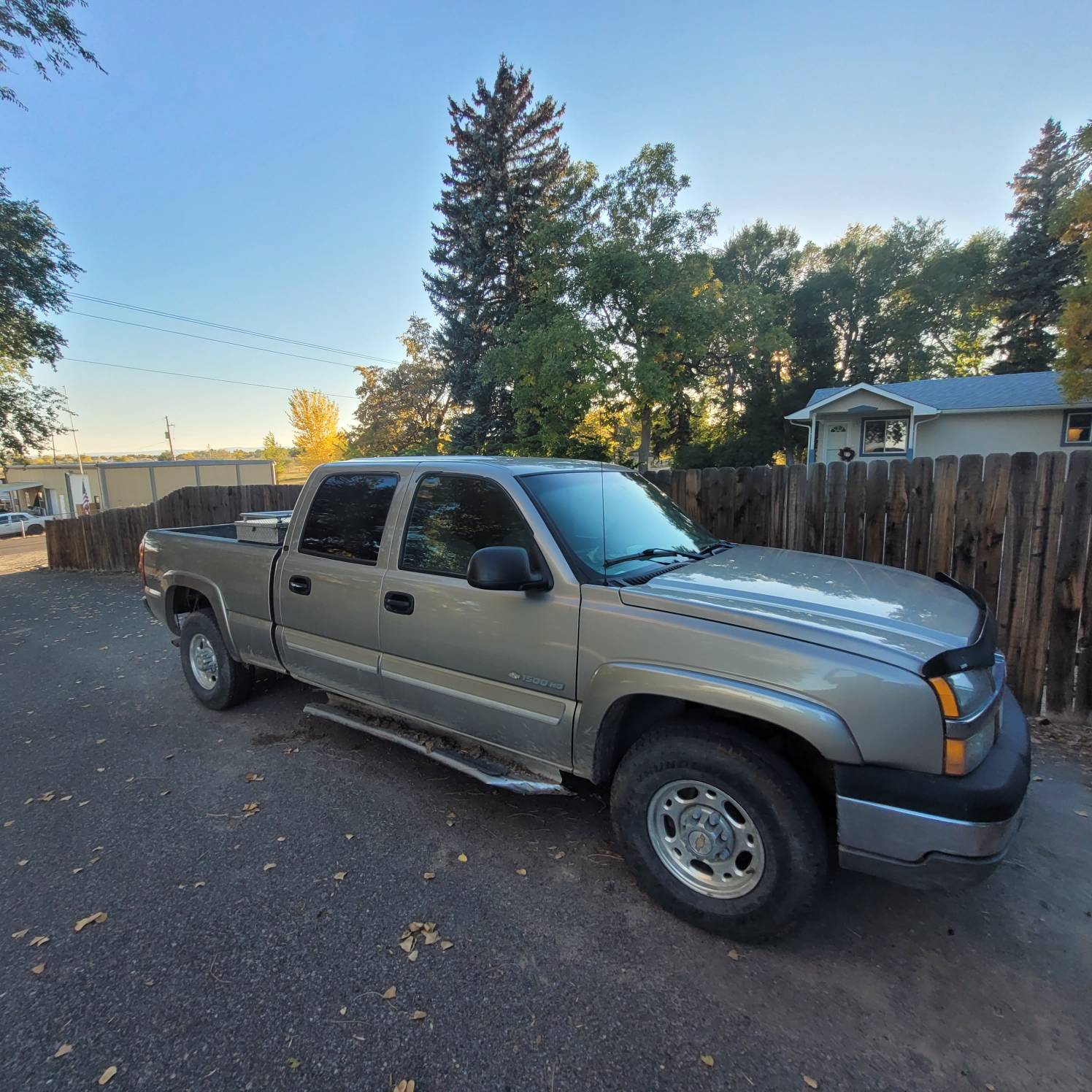
On farms, ranches, job sites, and in the wilderness, a well-stocked truck serves the same purpose as a utility tool.
No one calls them “Swiss Army Trucks” but every do-it-yourselfer has a pickup that is packed with tools that can be used, adapted, or modified to meet any challenge you might face when you’re a long way from home, electricity, or other modern conveniences.
Must-Haves for Any Work Truck
A power inverter with a 12V air compressor, a 50-foot tow strap, and a variety of ratchet straps from heavy-duty 40-foot models for tying down heavy loads to lighter inch wide straps are all necessary items.
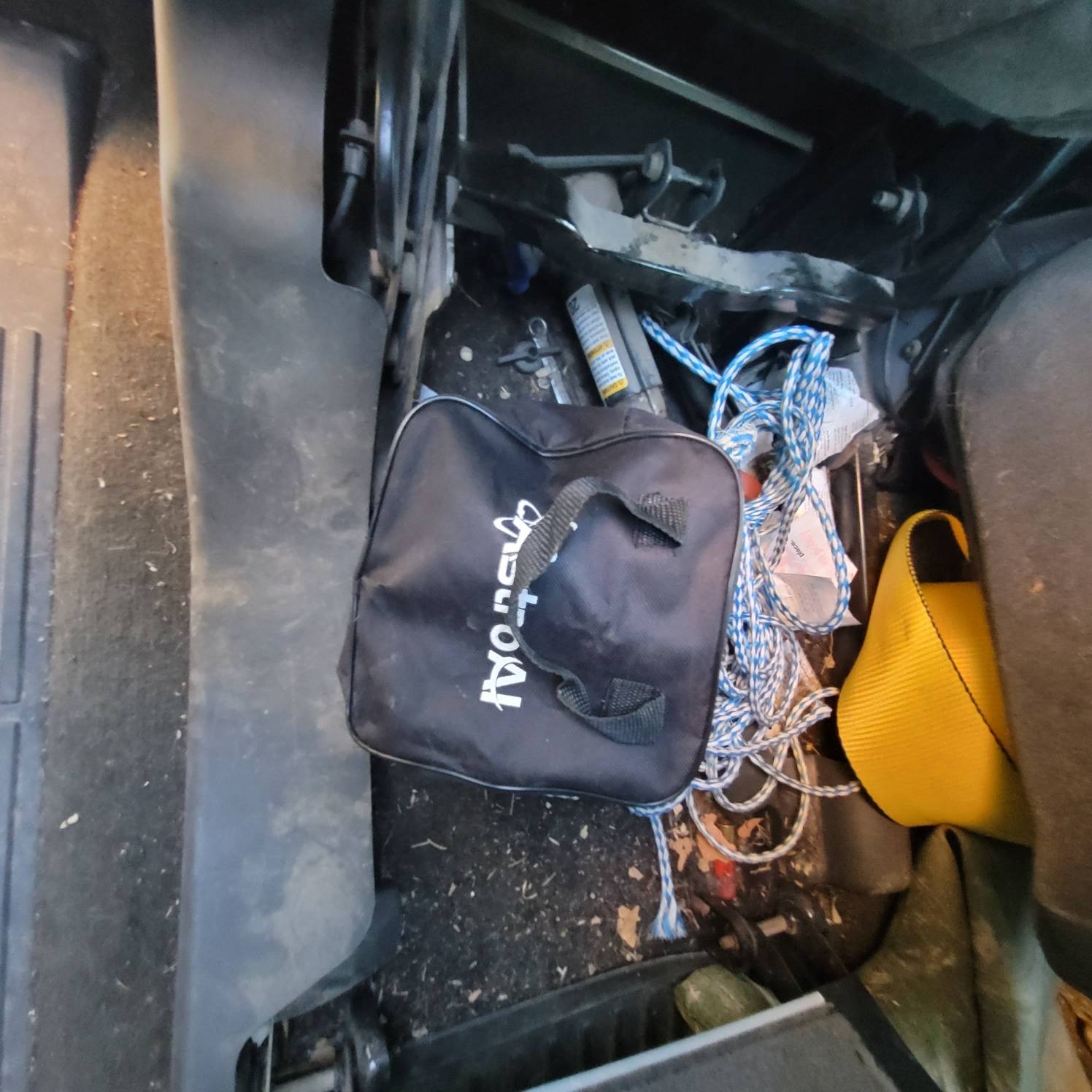
The obvious question is how much do you pack into a truck before it crosses the line of ridiculous preparation?
Different Situations Require A Different Arsenal of Tools
What you should carry in your truck depends on what you’re up to. In a ranching setting the obvious requirements can be seen outside any café early in the morning as ranchers sometimes gather to drink coffee, complain about the weather, and relate their latest views on political idiocy.
The standard truck bed has three fence posts, a partial spool of barbed wire, a shovel, a posthole digger, a heavy steel bar, at least one bale of year-old hay, and often a border collie, or blue healer pup waiting patiently in the back. The Handy-Man jack is either slid under the toolbox or bolted upright behind the driver’s side of the cab.
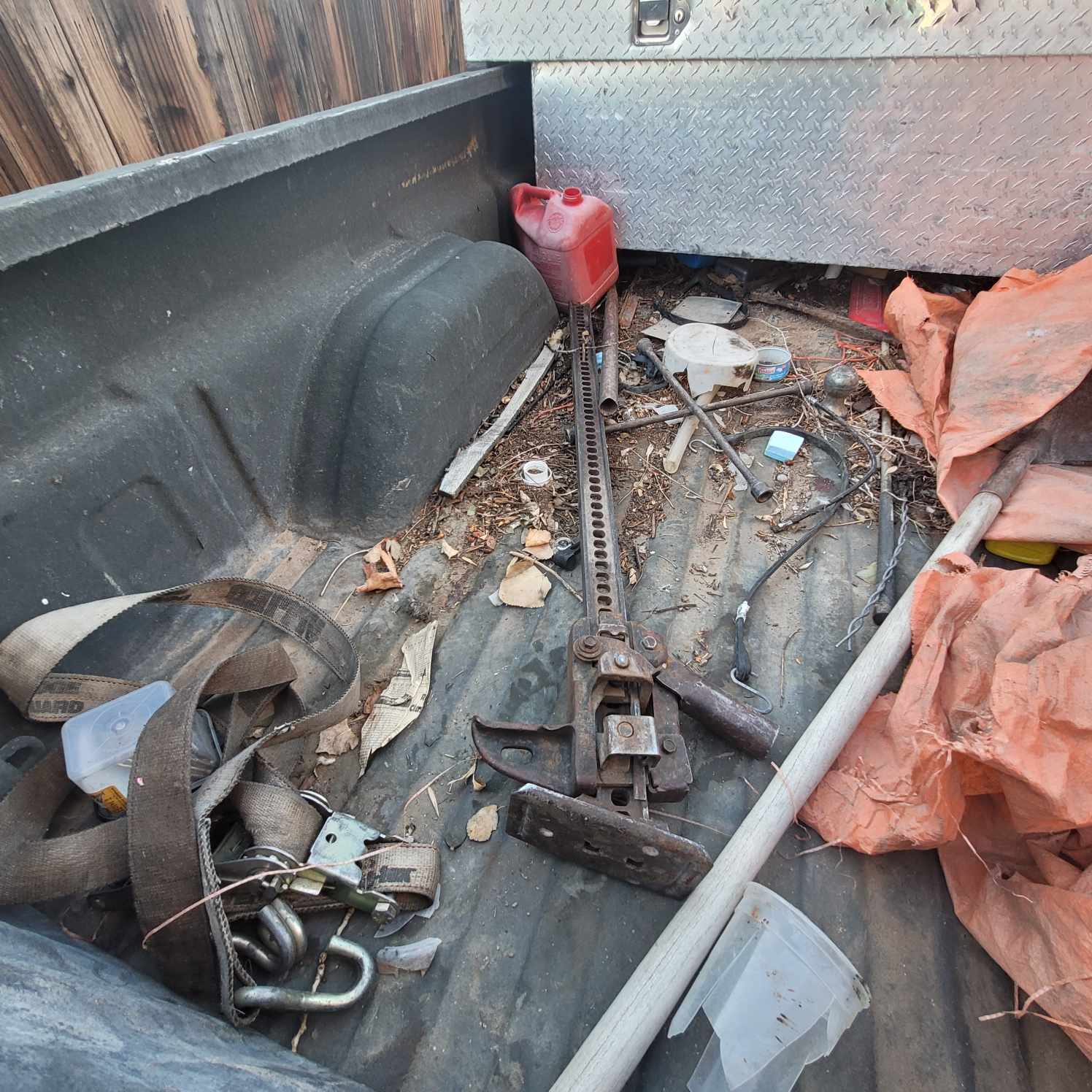
An outdoorsman carries the same load, minus the hay bale, and posthole digger. Fence posts come in handy when you’re stuck all alone in the vastness of the west, or the swampy ground of the southeast.
Truck beds come in industrial styles for professional tradesmen like welders, plumbers, carpenters, and electricians. Those don’t qualify in the “Swiss Army” vehicle category.
A central tray slides across most toolboxes. It should have all the commonly used essentials for your operation.
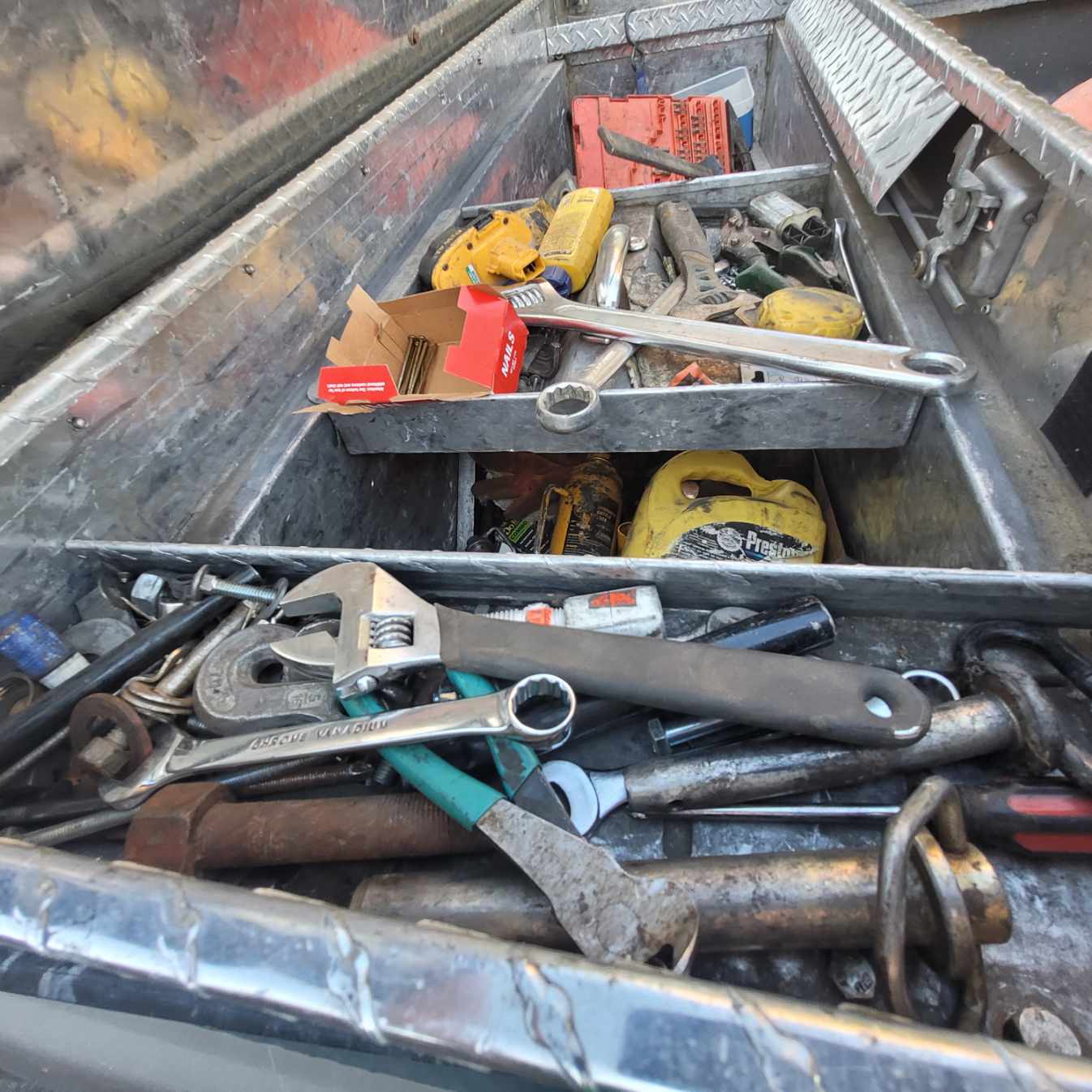
What Else Should Be In Your Toolbox?
On the drivers’ side of the toolbox, you should place commonly used tools like chisels, screwdrivers, and box end wrenches in both metric and SAE.
Lifting heavy objects is a challenge that the handyman sometimes can’t be adapted to, that’s where hydraulic bottle jacks come in. I carry a small three-ton jack, and the other one is rated at 10-tons.
Cutting wood and metal is another constant. With a carpenter’s square, sliding T-bevel, and three-foot level, you can mark a line. A chainsaw is a great addition to any tool repertoire, but they’re not much good for finish work. A 30-inch crosscut saw, hacksaw, backsaw, and coping saw handle just about any smaller, smoother challenge.
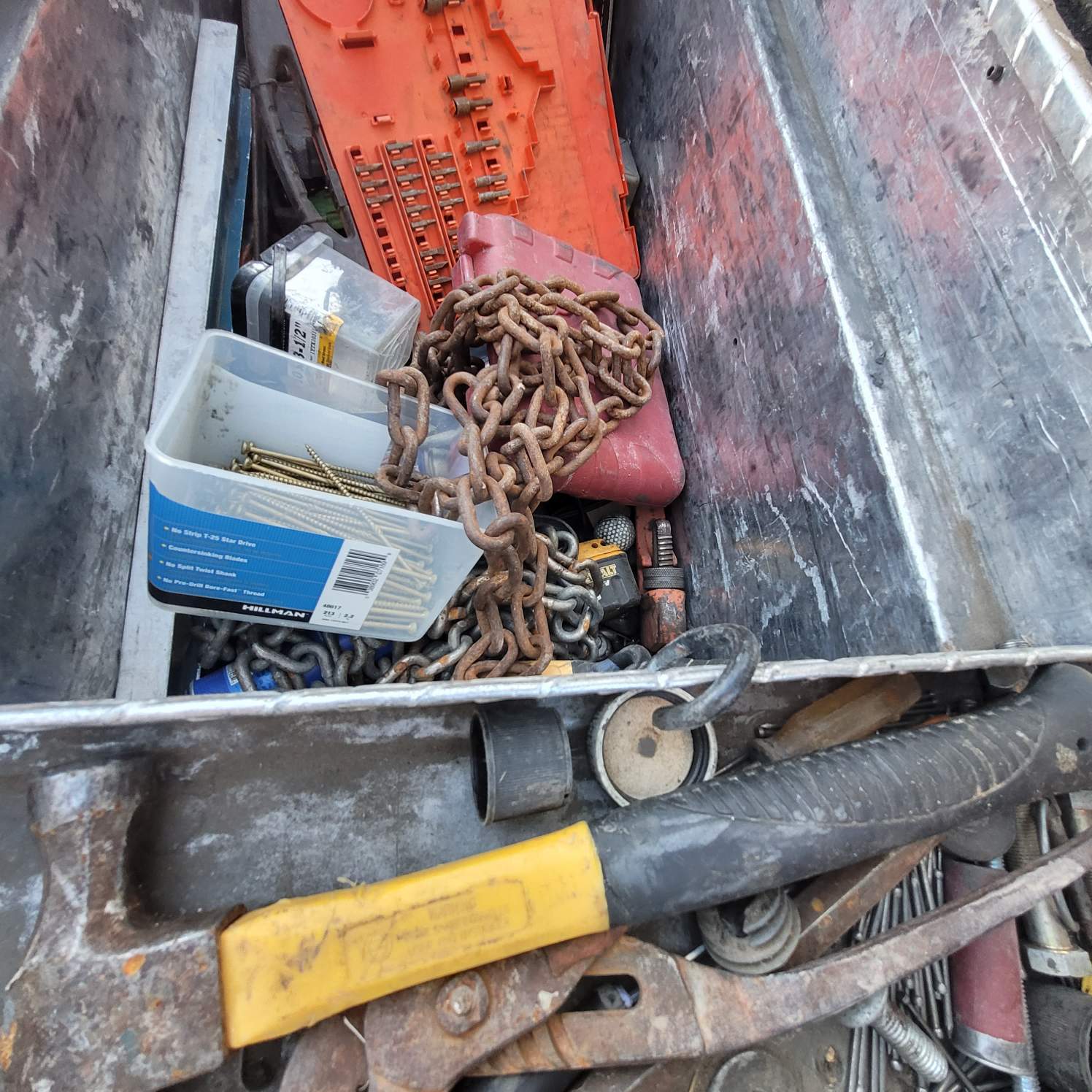
A few pipe wrenches can give you the torque you need to set gates, tighten odd-sized bolts, and pry up anything stuck in the ground.
Everyone should carry a full set of metric and SAE sockets in half-inch or three-quarter-inch drive, but experienced field workers know the most popular size wrench is often the 1 3/8 open end box. Equipment designers love this bolt pattern.
Add a crowbar, a couple of log chains, two and four-pound hammers, and every variety of piers you can imagine from tiny snap ring to 15-inch channel locks and you’ve rounded out the basic requirements for turning bolts and screws.
Duct tape (note: duct, not “Duck” tape) gets a lot of publicity and is a mainstay for hardy types like Red Green, but it doesn’t have much use on the farm, or even in the woods aside from making temporary repairs on shoes, boots, tents or slowing a leak. Semi-permanent repairs, the type you’re apt to forget about after you make it back home are in the wire realm.
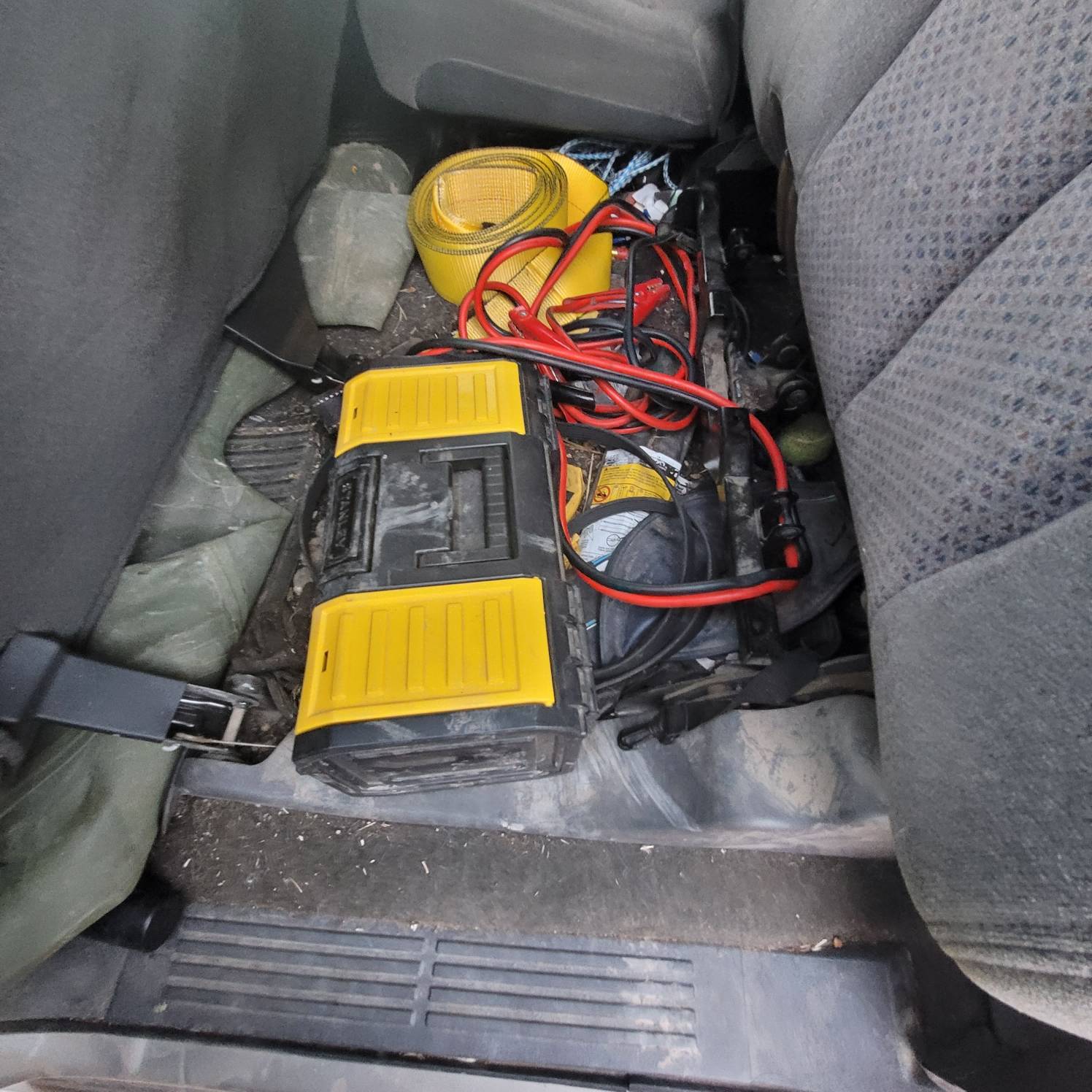
No truck would be complete without tie wire of some size.
Baling wire used to be a ubiquitous item around the west, but higher prices for steel, and modern balers that use polypropylene, or sissel twine have replaced the wire tie baler. If you still have access to baling wire, count yourself lucky. Most make do with lighter, more pliable tie wire.
And yes, even with all those tools in tow, you should still carry a Leatherman.




